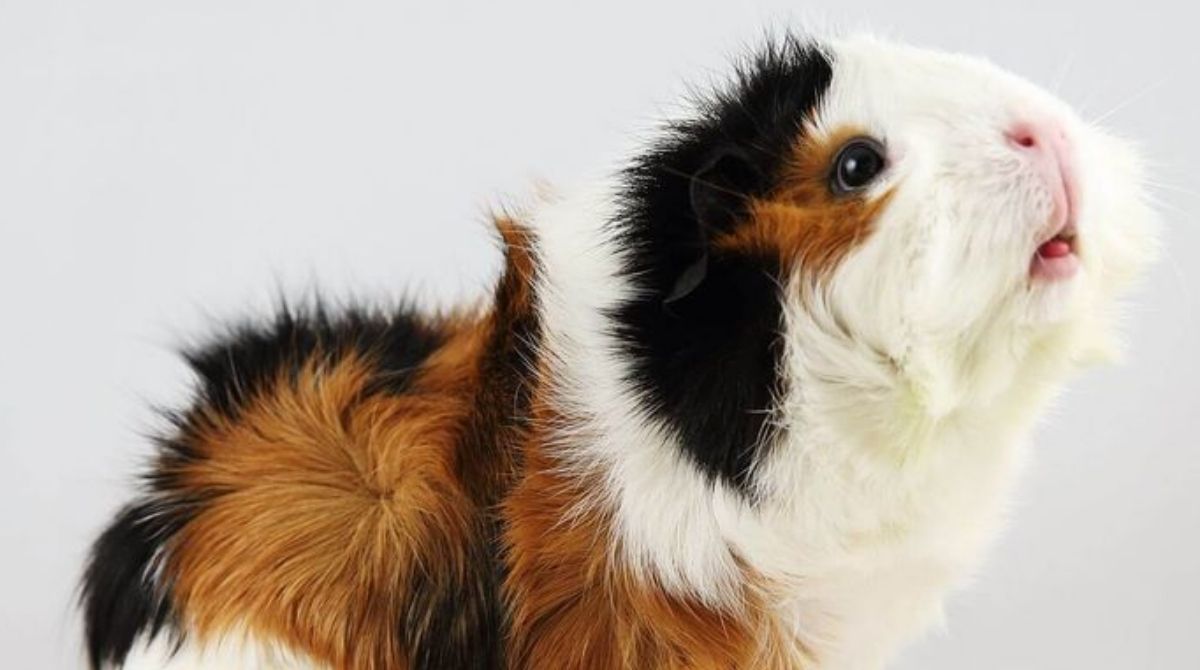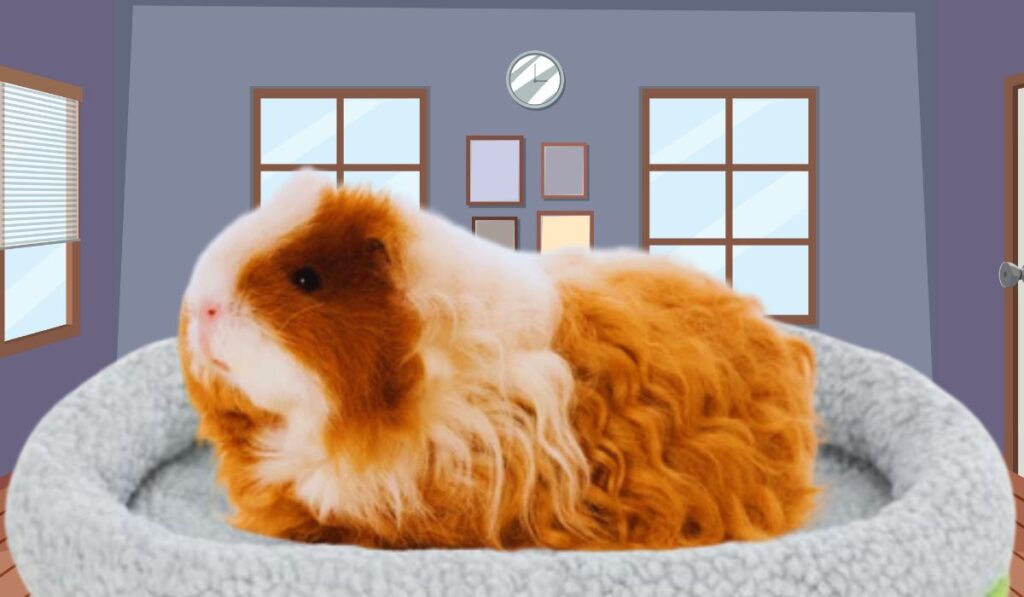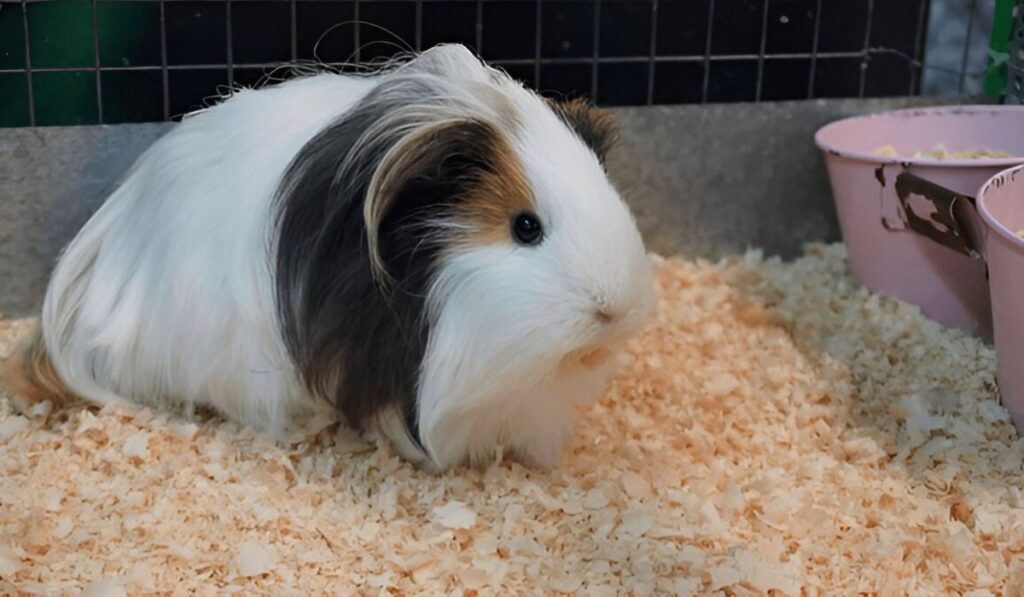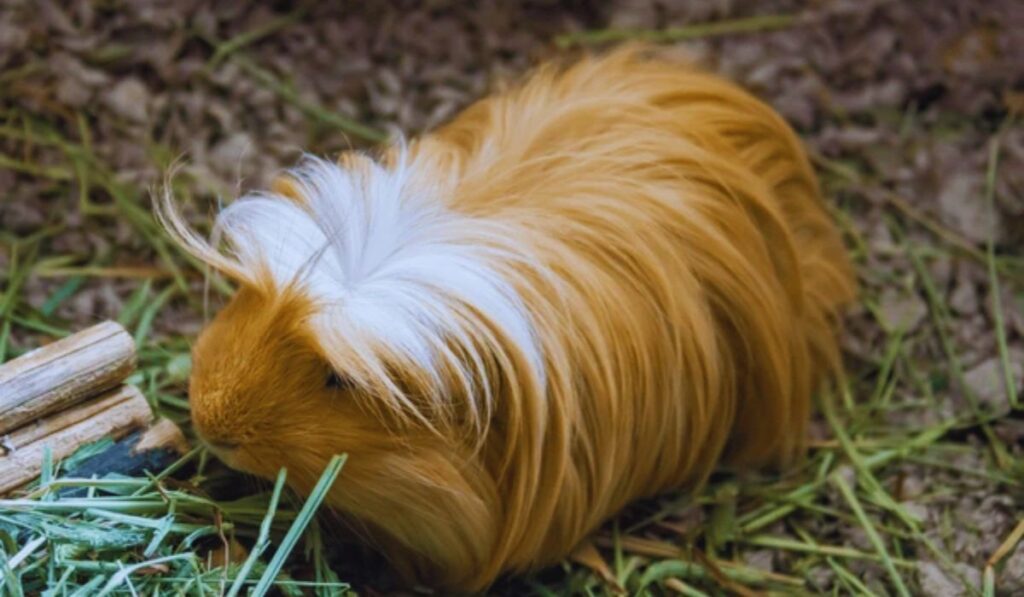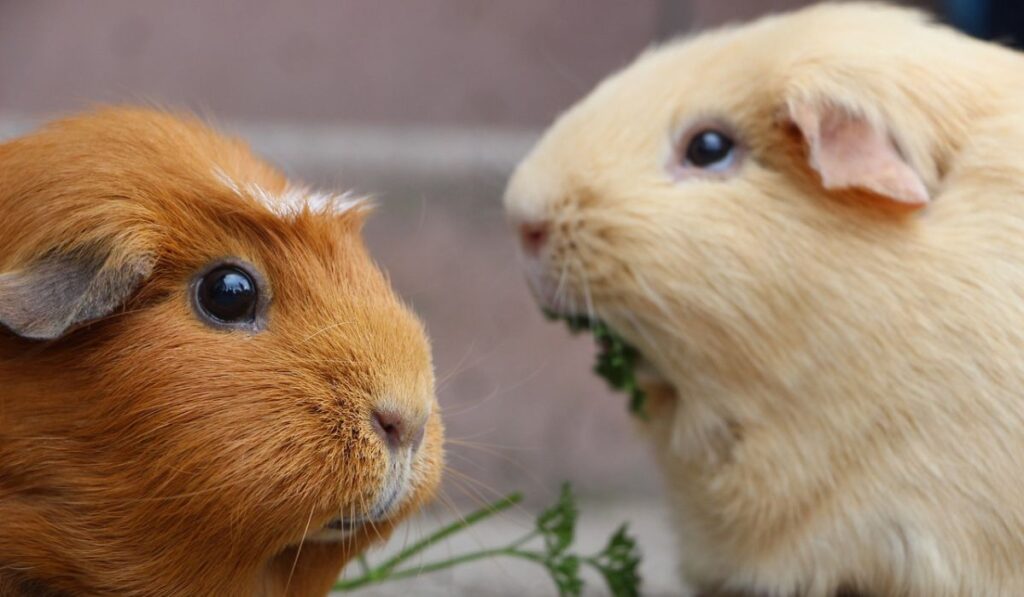Thinking about getting an Abyssinian guinea pig? These adorable, rosette-coated pets are full of personality! From their playful “Aby-tude” to easy care tips, we’ve got everything you need to know. Whether you’re a first-time owner or a guinea pig pro, discover why Abyssinians make such lovable companions. Ready to meet your new furry friend? Let’s Start
Scientific Classification
| Category | Classification |
|---|---|
| Kingdom | Animalia |
| Phylum | Chordata |
| Class | Mammalia |
| Order | Rodentia |
| Family | Caviidae |
| Genus | Cavia |
| Species | Cavia porcellus |
Conservation Status
Least Concern
Locations
South America
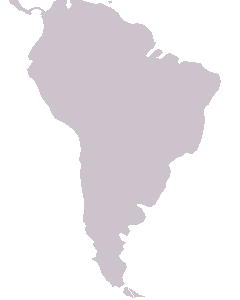
Abyssinian Guinea Pig Breed History
The Abyssinian Guinea Pig is among the oldest and most unique guinea pig breeds. Despite its name, it is not from Abyssinia (now Ethiopia). Experts believe that it comes from ancient human civilization in South America. Spanish explorers brought these guinea pigs into Europe in the late 1500s. By the Victorian era, its roasted fur made it popular in pet shows, which loved it for its fickle and curious nature.
Abyssinian Guinea Pig Physical Characteristics
| Characteristic | Details |
|---|---|
| Size and Weight | 8-12 inches in length, 2-3 pounds (900 to 1400 grams) |
| Coat Color | Black, White, Red, Beige, Chocolate, Cream, and Lilac. |
| Hair length | Short hair, about 1.5 inches long. |
| Eyes & Nose | sharp eyes and a sensitive nose for detecting threats. |
| Legs, Paws and Tail | Small, sturdy legs with sharp claws, padded paws for stability, and a very short, almost invisible tail. |
| Pattern | Details |
| Self | One solid color. |
| Tortoiseshell | Red and black blocks. |
| Roan | Light and dark balayage. |
| Brindle | White mixed with darker color. |
| Agouti | Salt-and-pepper mix. |
| Dalmatian | White with dark spots. |
| Top Speed | 6 miles per hour |
| Heart rate | 250 beats per minute |
| Estrus cycle | 16 days long |
| Duration of pregnancy | 59 to 72 days |
| Litter size | 1 to 7 (usually 3) |
| Favorite Food | Timothy hay |
Habitat
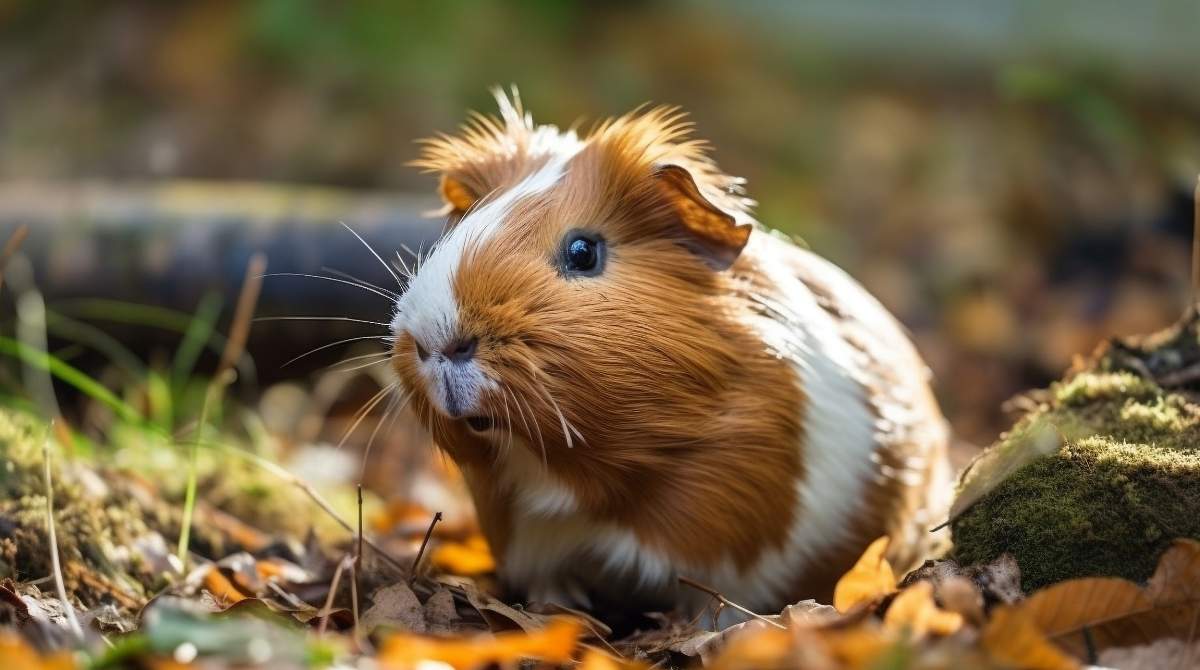 Abyssinians thrive in diverse environments, such as Guinea pigs, natives of South America, forests, grasslands, and Andean Highlands. Adaptable to heights of up to 16K feet, they live in areas from Venezuela to Patagonia, escaping from Western Chile and the Amazon Basin. These areas provide enough shelters, food, and locations to support their existence. Despite his name, he has no connection with Abyssinia in Africa.
Abyssinians thrive in diverse environments, such as Guinea pigs, natives of South America, forests, grasslands, and Andean Highlands. Adaptable to heights of up to 16K feet, they live in areas from Venezuela to Patagonia, escaping from Western Chile and the Amazon Basin. These areas provide enough shelters, food, and locations to support their existence. Despite his name, he has no connection with Abyssinia in Africa.
Behavior
Abyssinian guinea pigs are energetic, friendly, and playful animals. They enjoy wandering about and making exuberant jumps called “popcorning.” Curious by nature, they use quite a range of sounds in their communication. Therefore, their spirited nature, lovingly referred to as “Aby-tude,” makes them great pets. Timely human interaction, gentle handling, and proper care increase the guinea pigs’ trust in you. As such, Abyssinian guinea pigs make affectionate friends.
Normal body temperature and Lifespan
Their normal body temperature ranges from 102°F to 104°F (39°C to 40°C). Their average Lifespan is between 5 and 6 years; however, they can live 8 years or longer if given proper care.
Common Health Issues
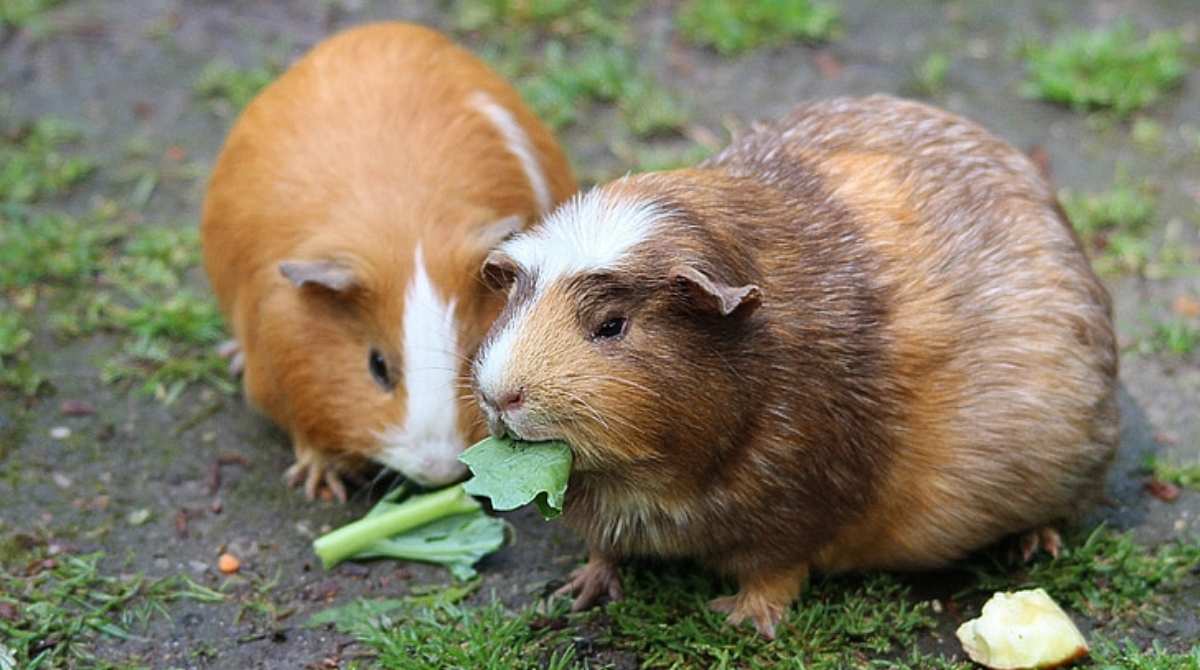 Abyssinian guinea pigs may face many health problems, such as teeth, lung, and eye problems. Knowing about them can help you take better care of your pets and keep them healthy for a long time.
Abyssinian guinea pigs may face many health problems, such as teeth, lung, and eye problems. Knowing about them can help you take better care of your pets and keep them healthy for a long time.
Dental Problems
Overgrown teeth generally cause slobbering, problems eating, and tooth pain. Plenty of hay should also be provided, and signs of drooling or weight loss should be looked for.
Respiratory Infections
Bacterial infections, poor hygiene, stress, and vitamin C deficiency cause respiratory issues, leading to nasal discharge, sneezing, and labored breathing. Prompt vet care, antibiotics, and a clean habitat help prevent and treat infections.
Eye Problems
Bacterial infections, poor hygiene, stress, and vitamin C deficiency cause respiratory issues, leading to nasal discharge, sneezing, and labored breathing. Prompt vet care, antibiotics, and a clean habitat help prevent and treat infections.
Other Health Issues
Vitamin C deficiency can cause scurvy, which is prevented by providing vitamin-rich vegetables. Hair loss may result from a fungal infection, pregnancy, or barbering. Regular hygiene helps manage skin issues, fleas, and ringworm. Stomach upset often stems from dietary changes or infections. A fiber-rich diet helps with prevention.
Nutrition and Diet
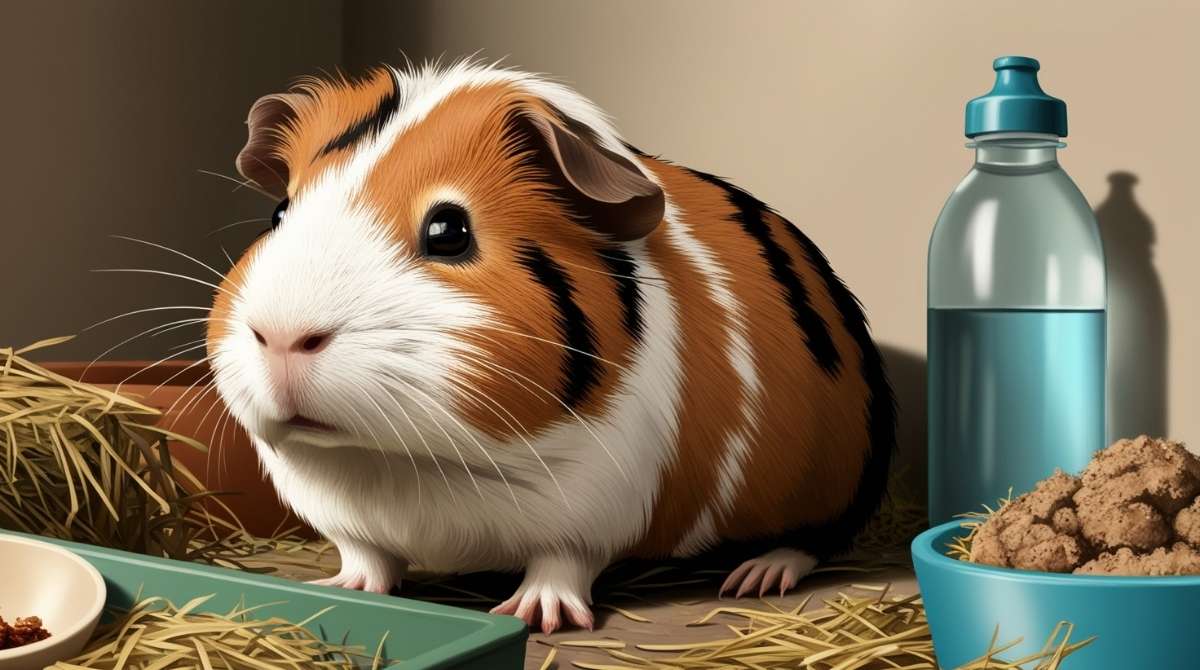 A balanced diet for an Abyssinian guinea pig includes hay, fresh vegetables, fruits, and specially made pellets. These are the main food sources. Timothy hay is essential for digestion and maintaining healthy teeth. Fresh vegetables rich in vitamin C, such as green peppers, kale, and parsley, are crucial.
A balanced diet for an Abyssinian guinea pig includes hay, fresh vegetables, fruits, and specially made pellets. These are the main food sources. Timothy hay is essential for digestion and maintaining healthy teeth. Fresh vegetables rich in vitamin C, such as green peppers, kale, and parsley, are crucial.
Fresh fruits should be given in limited amounts and must be free of seeds or pits. Since guinea pigs cannot produce vitamin C naturally, their intake is essential. Clean water should always be available, preferably in a sipper bottle.
Foods to Avoid
| Food to Avoid | Reason |
|---|---|
| Iceberg Lettuce | Low nutritional value, can cause diarrhea |
| Potatoes & Skins | Contain solanine, which is toxic to guinea pigs |
| Onions & Garlic | Can cause digestive issues and toxicity |
| Avocado | Contains persin, which is toxic to guinea pigs |
| Rhubarb & Leaves | Contain oxalates, which can cause kidney problems and toxicity |
| Chocolate | Contains theobromine, which is toxic to guinea pigs |
| Sugary Treats | Can lead to obesity and digestive problems |
Best Food of Abyssinian
Timothy is an excellent food choice for Guinea pigs, providing the fiber required for their digestive health. It is a natural, high-quality option that supports dental health and promotes a healthy weight. This Timothy grass is perfect for your pets, offering fresh, long strands that love guinea pigs. Buy it today for a healthy and happy pet!
Pros and Cons of Owning an Abyssinian Guinea Pig
| Pros | Cons |
|---|---|
| Unique Appearance | High Maintenance Coat |
| Energetic and Playful | Social Needs |
| Intelligent | Space Requirements |
| Friendly and Affectionate | Can Be Noisy |
| Long Lifespan | Health Concerns |
7 Incredible Abyssinian Guinea Pig Facts
- Abyssinians are more active during the day and rest at night.
- Abyssinians are generally friendly and can bond closely with their owners.
- Abyssinians are highly intelligent and can be trained to respond to their name.
- They love to chew, so providing safe toys is essential for their dental health.
- Their energetic personalities make them great pets for families with children.
- Their coat requires regular grooming to keep it tangle-free.
- These guinea pigs can weigh between 1.5 to 2.5 pounds when fully grown.
Best Names
| Spiral | Rusty | Twix | Corky |
| Pippin | Milo | Ziggy | Tango |
| Maple | Whiskers | Biscuit | Fuzz |
| Pebbles | Sushi | Luna | Pip |
Conclusion
Abyssinian guinea pigs are captivating, energetic, and complete of personality, making them top notch pets for the proper owner. With right care, a balanced food regimen, and regular grooming, they are able to thrive and convey pleasure to your property. Their particular rosette coat and playful nature set them aside from different breeds. If you’re geared up for a amusing, affectionate companion, an Abyssinian guinea pig might be the right suit! Give them love and care, and that they’ll reward you with endless cuteness and companionship.
Frequently Asked Questions About Abyssinian Guinea Pigs
What makes Abyssinian guinea pigs exceptional from different guinea pig breeds?
Abyssinian guinea pigs are one of the oldest breeds, acknowledged for his or her particular coat with rosette patterns and swirls of hair. Unlike Peruvian guinea pigs, that have lengthy, flowing hair, Abyssinians have quick hair with a rough texture. Their active and playful nature, regularly referred to as “Aby-tude,” makes them a fave amongst puppy parents.
Do Abyssinian guinea pigs need a unique weight loss program?
Yes! Like all cavy breeds, Abyssinian guinea pigs require a food regimen wealthy in vitamin C due to the fact they can’t produce it evidently. Fresh leafy vegetables, Timothy hay, and fortified pellets are essential. Avoid toxic ingredients like potatoes, onions, and chocolate. Providing a fiber-wealthy weight-reduction plan helps prevent not unusual fitness troubles, such as digestive troubles.
How a whole lot area do Abyssinian guinea pigs want?
A unmarried guinea pig calls for at least 7.5 rectangular ft of area, but greater room is usually higher. If you have got multiple guinea pigs, boom the cage size therefore. Unlike thin pigs, Abyssinians are active and enjoy going for walks around, so a spacious habitat with tunnels, hideouts, and soft bedding is vital.
Are Abyssinian guinea pigs vulnerable to fitness issues?
Yes, they’re vulnerable to dental problems, breathing infections, and pores and skin conditions. Overgrown teeth can result in difficulty consuming, at the same time as poor hygiene can cause fungal infections. Regular grooming, a smooth habitat, and a vitamin C-wealthy weight loss program assist prevent not unusual fitness issues. Watch for signs like weight reduction, purple eyes, or worked respiratory.
Are Abyssinian guinea pigs proper pets for novices?
Yes, but they require normal care. Their unique coat wishes grooming, and that they thrive on social interaction. Compared to other guinea pig breeds, they are playful and affectionate, making them incredible companions. However, first-time puppy parents ought to be prepared to dedicate much time to their care.
